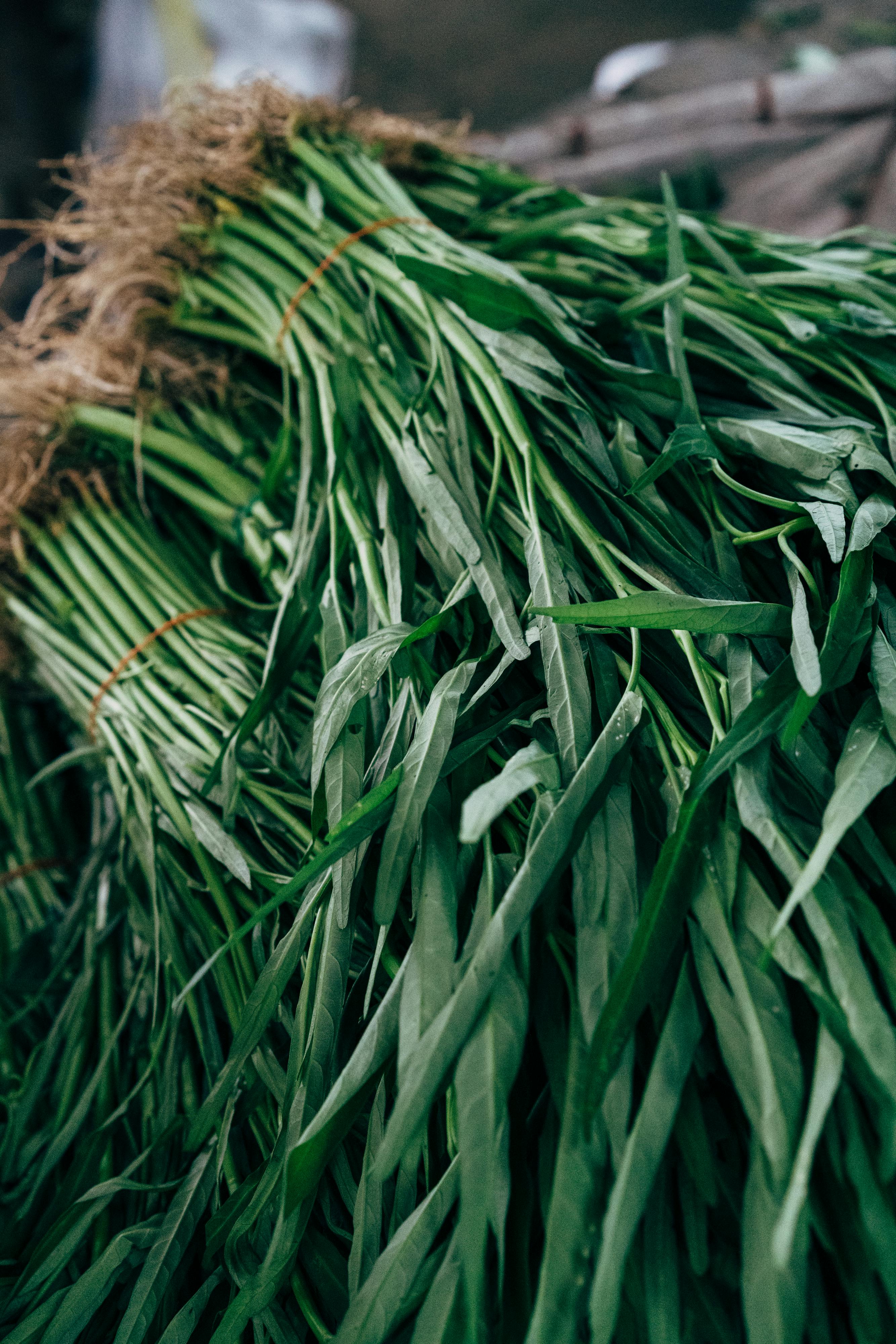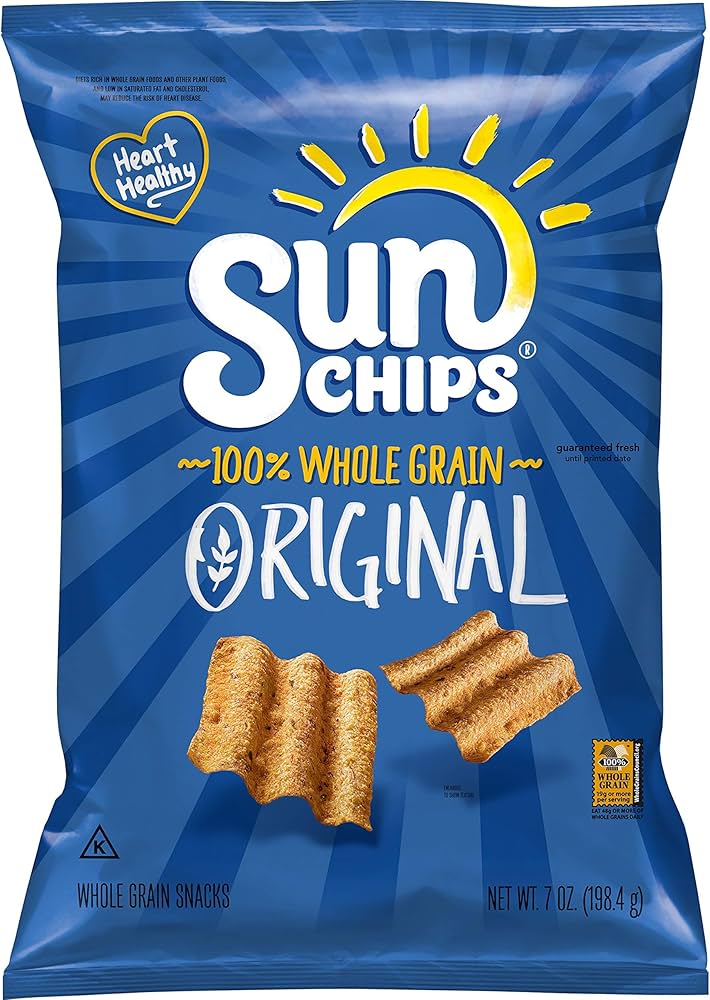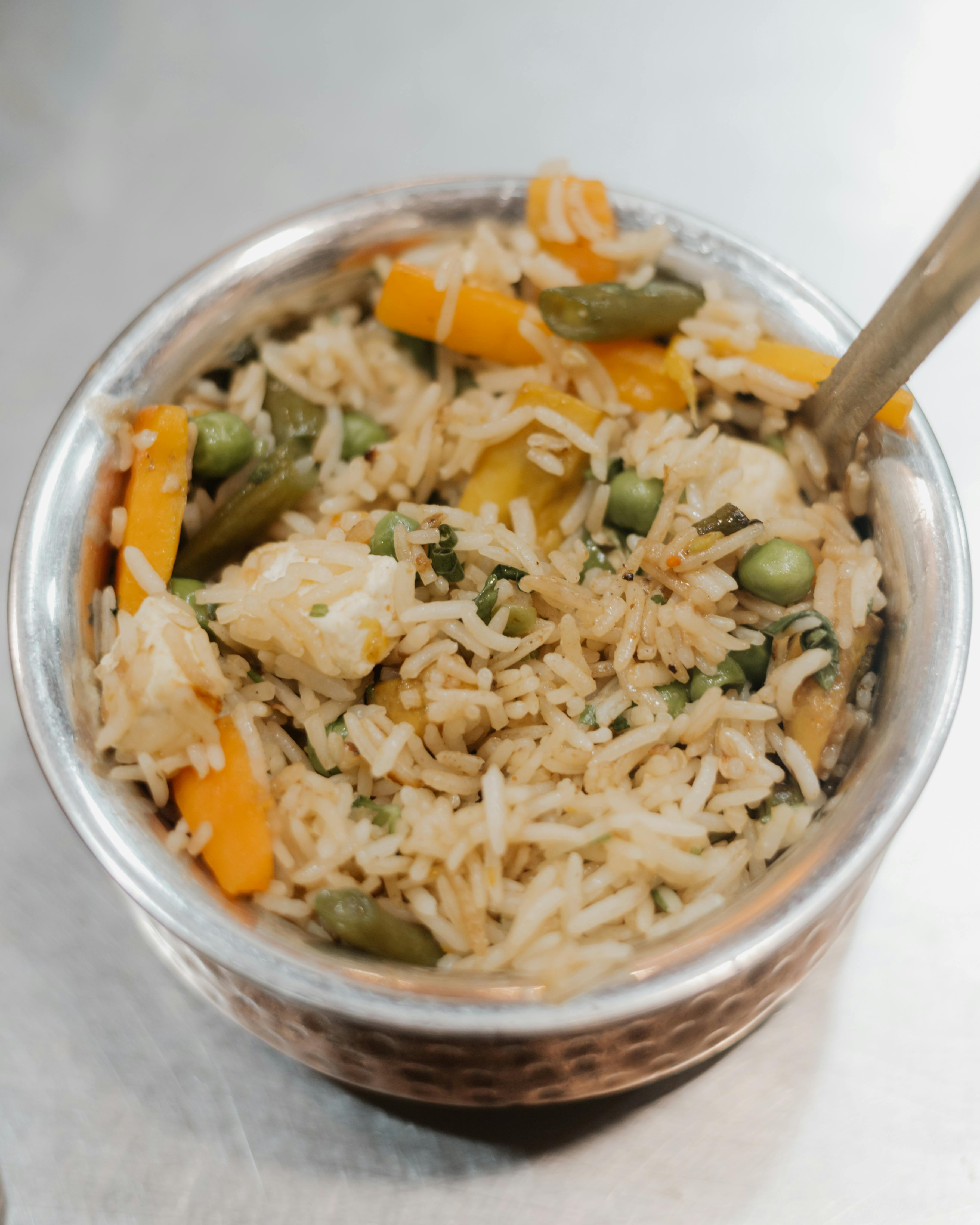
Practical Guide to Colostomy Diet Menu for Improved Health in 2025
Living with a colostomy can pose unique dietary challenges, but with the right colostomy diet, individuals can significantly improve their health and quality of life. As we navigate dietary needs specific to colostomy patients, this practical guide will provide insights into the best foods for colostomy recovery, effective meal planning, and tips for incorporating wholesome nutrition into your daily routine. Understanding what to eat after colostomy surgery is crucial for reducing discomfort, preventing complications, and supporting digestive health.
This guide focuses on creating a balanced colostomy food plan that prioritizes soft, nutrient-rich foods while outlining colostomy dietary restrictions. Whether you're looking for easy meal prep ideas, delicious colostomy-friendly recipes, or innovative colostomy meal ideas, this article is designed to enhance your colostomy experience and make meal planning stress-free. Our roadmap will cover essential colostomy nutrition tips, hydration strategies, and guidelines for effective meal scheduling.
Key takeaways will include how to strategically choose foods, manage hydration, and adjust your diet over time for optimal health outcomes. By implementing these strategies, you'll find a nourishing way to live well with a colostomy.
Understanding the Colostomy Diet: Basics to Build On
To start off, it’s vital to understand the fundamentals of a colostomy diet. This typically involves focusing on gentle, easy-to-digest foods that can ease the transition for the digestive system. Knowledge about foods to avoid with colostomy is equally important, as certain foods can cause gas, bloating, or discomfort. The primary goal of the colostomy diet is to maintain gut health while providing necessary nutrients for recovery.
Essential Foods for a Colostomy Diet
Incorporating the best foods for colostomy can greatly enhance one's health. Foods rich in protein, such as lean meats, fish, eggs, and legumes, are essential as they support tissue healing and maintenance. Additionally, soft-cooked vegetables and low-fiber fruits are recommended to minimize digestive strain.
Engaging with colostomy-friendly vegetables and high-protein diet colostomy components can also assist in meal diversity and nutritional balance. Incorporating these elements will promote better digestion and nutrient absorption.
Foods to Avoid and Their Impact
Not all foods are created equal when it comes to health post-colostomy. Items that are high in fiber, such as raw fruits and vegetables, whole grains, and nuts, might be challenging for some patients, particularly right after surgery. Understanding and recognizing colostomy dietary restrictions is key to preventing digestive discomfort and complications.
Moreover, avoiding gas-producing foods like beans, carbonated beverages, and certain dairy products can alleviate discomfort. By focusing on the right foods, individuals can manage their digestive health effectively.
Hydration: A Key Component of Colostomy Nutrition
Staying hydrated post-colostomy is crucial, as fluids help maintain normal bowel function. Since some patients may experience changes in their hydration needs post-surgery, understanding colostomy and hydration is essential. Drinking adequate fluids, such as water, herbal teas, and clear broths can enhance overall well-being and support digestive processes.
Additionally, integrating smoothies for colostomy with hydrating benefits is a delicious way to ensure nutrient intake while also being gentle on the system. Be cautious with high-sugar fruit juices, which may lead to unwanted digestive effects.

Meal Ideas and Cooking Tips for Colostomy Patients
Creating a diverse and enjoyable meal plan can be simple once the basics are understood. With a mixture of colostomy-friendly recipes and practical cooking tips, patients can efficiently manage their diets.
Colostomy Meal Prep: Strategies and Suggestions
Meal prepping can reduce kitchen stress and promote healthy eating habits for those with colostomies. Focus on preparing large batches of safe and nourishing meals, freezing portions for the week. Dishes like homemade soups, stews, and casseroles, rich in protein, can serve as excellent options. Implementing colostomy cooking tips, such as minimizing strong spices and utilizing fresh herbs, can enhance flavor without risking digestive upset.
Healthy Snack Ideas
Finding colostomy snack ideas that are both enjoyable and suitable can keep energy levels up throughout the day. Focus on snacks that are high in protein and low in fiber, such as yogurt, cheese, and protein bars. Additionally, smoothies made with colostomy-friendly fruits can serve as nutritious snacks or meal replacements.
Incorporating Family Meals
When planning meals for families, accommodating a colostomy diet can promote inclusivity. Encouraging family members to incorporate colostomy family meal planning can lead to shared meals that are nutritious for everyone while being gentle on the digestive system of the colostomy patient. Simple adjustments allow for the whole family to enjoy meals together.
Monitoring Dietary Success and Adjustments
As patients adapt to their new eating habits, ongoing evaluation of their dietary approach is imperative. Monitoring how different foods affect digestive health can guide future decisions and meal variations.
Tracking Nutrition and Symptoms
Keeping a colostomy meal log can help track which foods work well and which don’t. By recording daily food intake alongside any digestive symptoms, patients can identify patterns and make informed choices during future meals. This personalized approach ensures that individual dietary needs are met.
Adapting to Changes and Health Needs
The dietary needs of colostomy patients may change over time, especially as they recover. Regular consultations with healthcare providers for colostomy dietary consultation can provide tailored advice and updates based on current health status.
Patient feedback is also invaluable in shaping effective dietary practices. Engaging with colostomy community support groups can foster shared experiences, leading to informed eating strategies.

Embracing a Healthier Lifestyle Post-Colostomy
In conclusion, success with a colostomy diet depends on understanding the interplay between food choices, nutrient balance, and hydration. Through careful planning, patients can navigate their dietary needs while enjoying varied and flavorful meals.
Benefits of a Thoughtful Colostomy Diet
Improved digestion, elevated energy levels, and a more pleasurable eating experience can be significant outcomes of adhering to a proper colostomy diet plan. This proactive approach enhances colostomy and gut health while enabling individuals to lead fulfilling lives.
Final Tips for Successful Meal Planning
Make colostomy meal prep a routine by involving family, exploring new recipes, and adjusting options based on feedback. Utilize community resources and embrace the variety necessary for sustainable health. Never hesitate to reach out for colostomy resources for caregivers and personal networks for added support and information.
Ongoing adjustments, paired with healthy meal options, can make a noticeable difference in managing a healthy lifestyle post-colostomy.
```